Tag: folklore
-
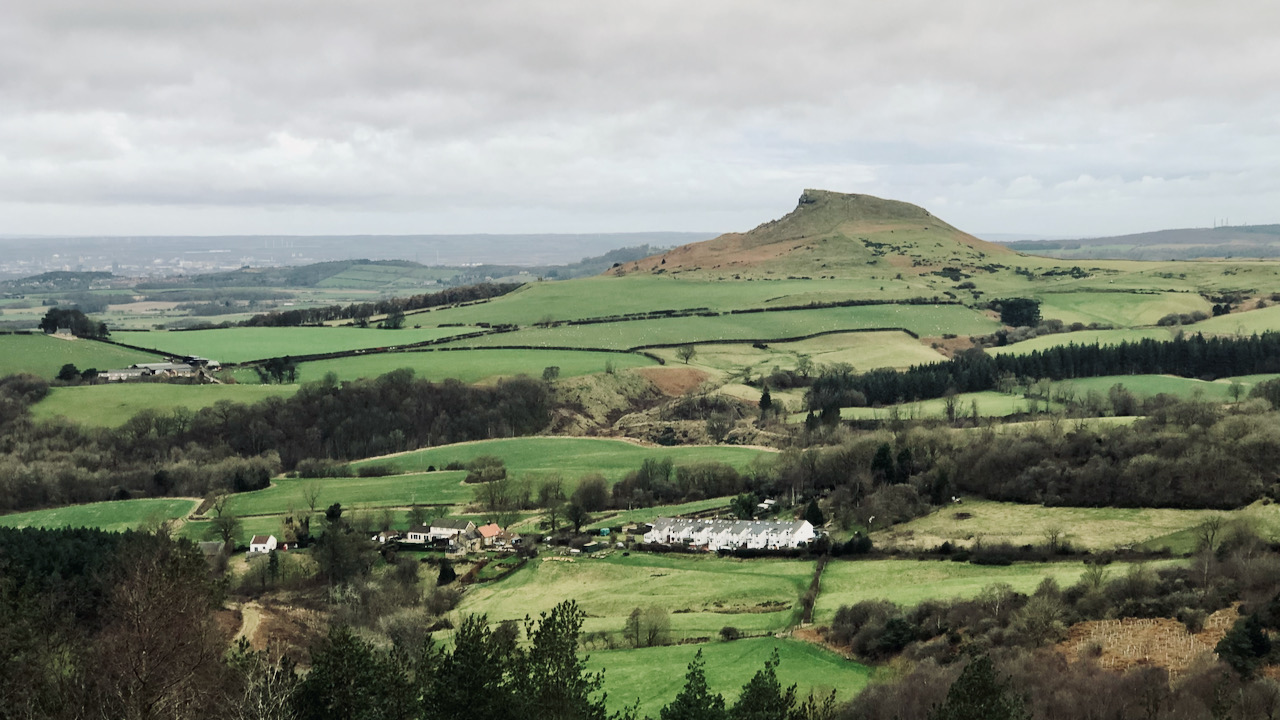
Winter Solstice — Earth’s rebirth
Around this time of the year, the sun’s midday height in the sky changes only marginally. However, its minimum zenith, concluding precisely at 3:27 this morning, undeniably signifies a turning point for all inhabitants of the northern hemisphere — the Winter Solstice. This day then stands as the shortest, beginning the sun’s gradual ascent and…
-
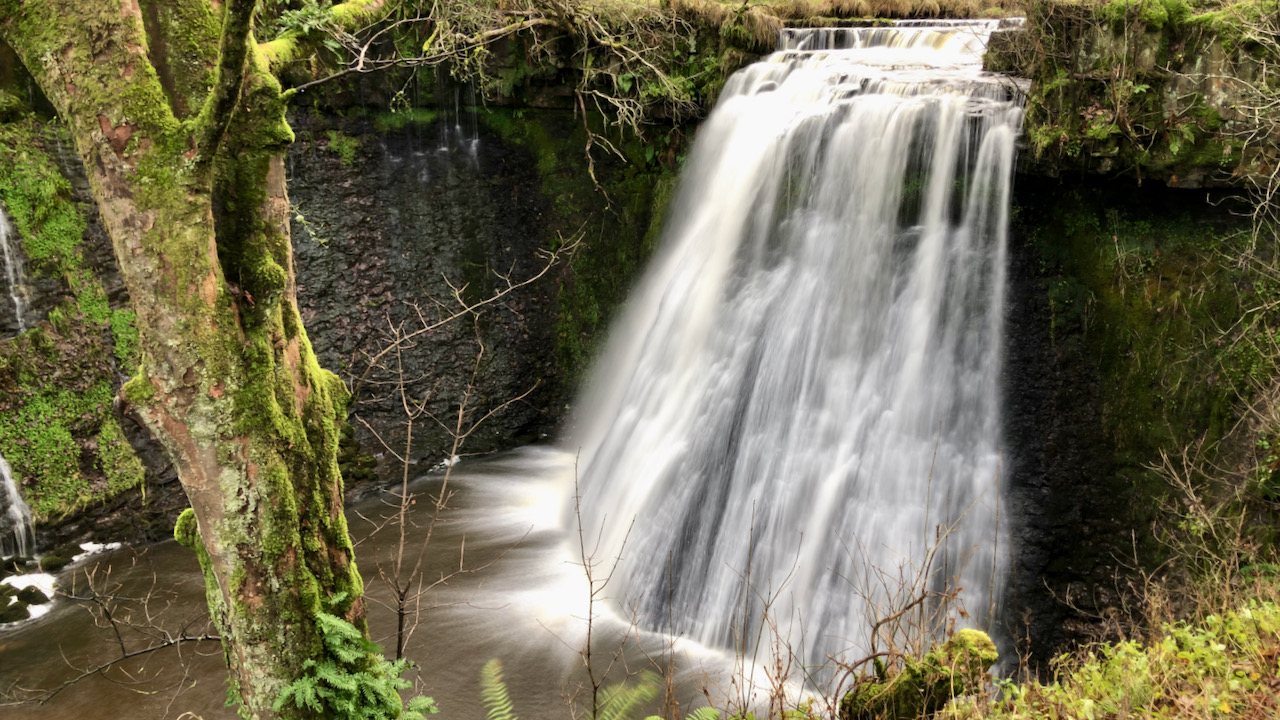
Aysgill Force — The Butterset Boggles
A brief stroll up Sleddale a side valley off Wensleydale, tracing the course of Gayle Beck, led us to the delightful Aysgill Force. En route, we passed through Gayle, a village woven into one of folklorist Richard Blakeborough’s yarns. It kicks off with a birth prophecy, throws in unrequited love, a spurned admirer, a murderous…
-
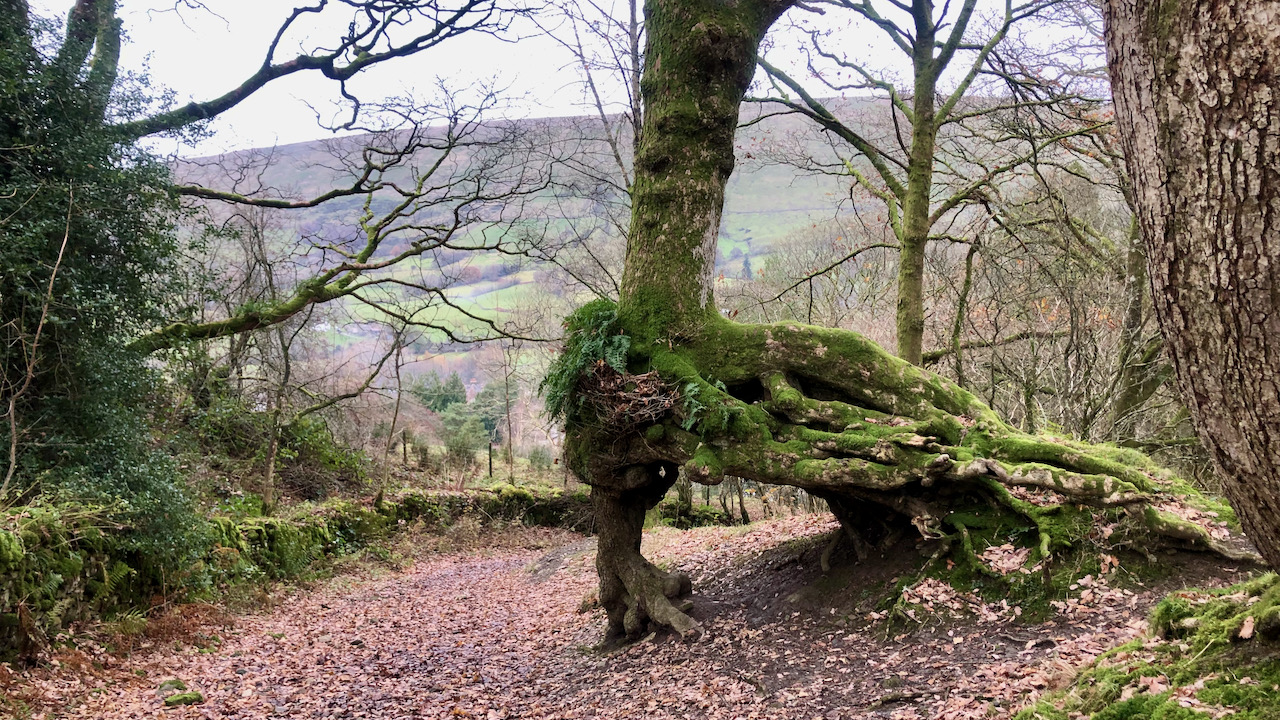
Wishing Trees and Megger Stones
A quandary with today’s photo, taken yesterday because I’m still a day behind. A walk from Dent village in the “hidden valley” of Dentdale up the looming Great Coum. Take your pick: a manmade feature with no history I could find, or a natural attraction draped in a legend supposedly centuries old. I’ll include both.…
-
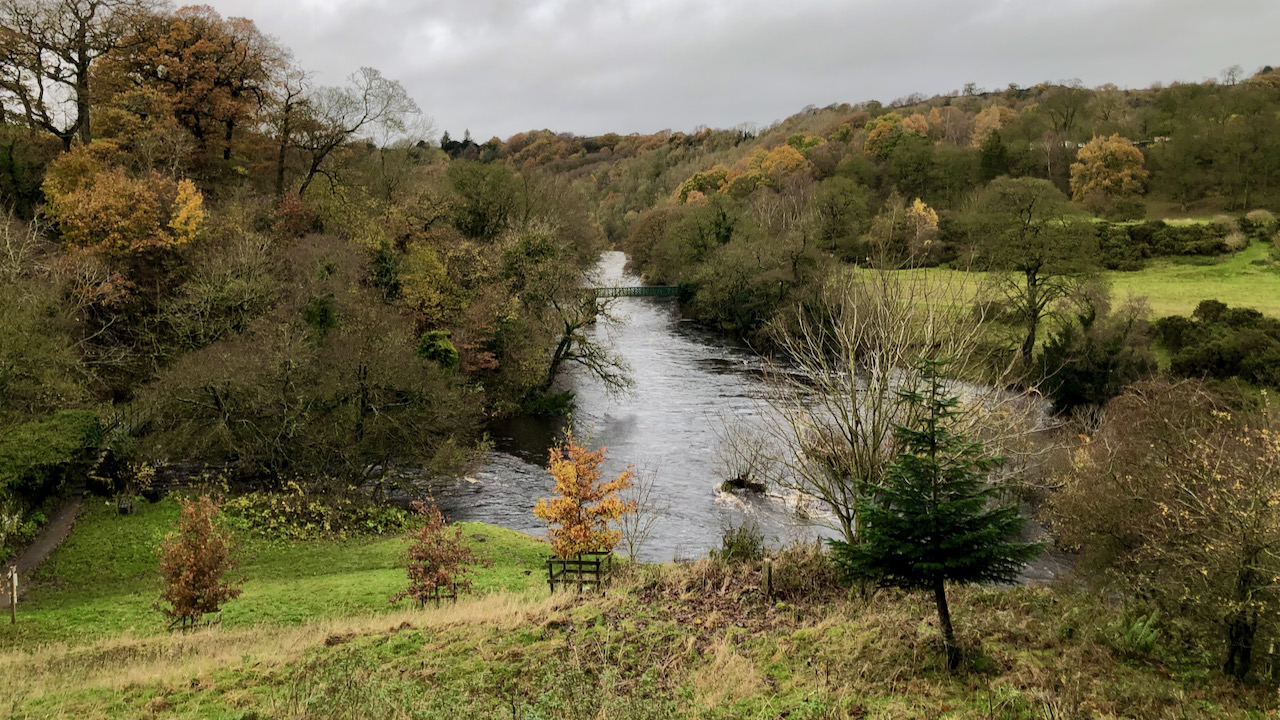
Confluence of the Balder and Tees
I am halfway up a hill they call the ‘Hagg,’ taking in the view of the Balder joining forces with the mighty Tees, both rivers uncomfortably full to the brim. Behind me stands Cotherstone Castle — now nothing more than a glorified mound. Used to be the abode of the Fitz Hughs, and once dubbed…
-
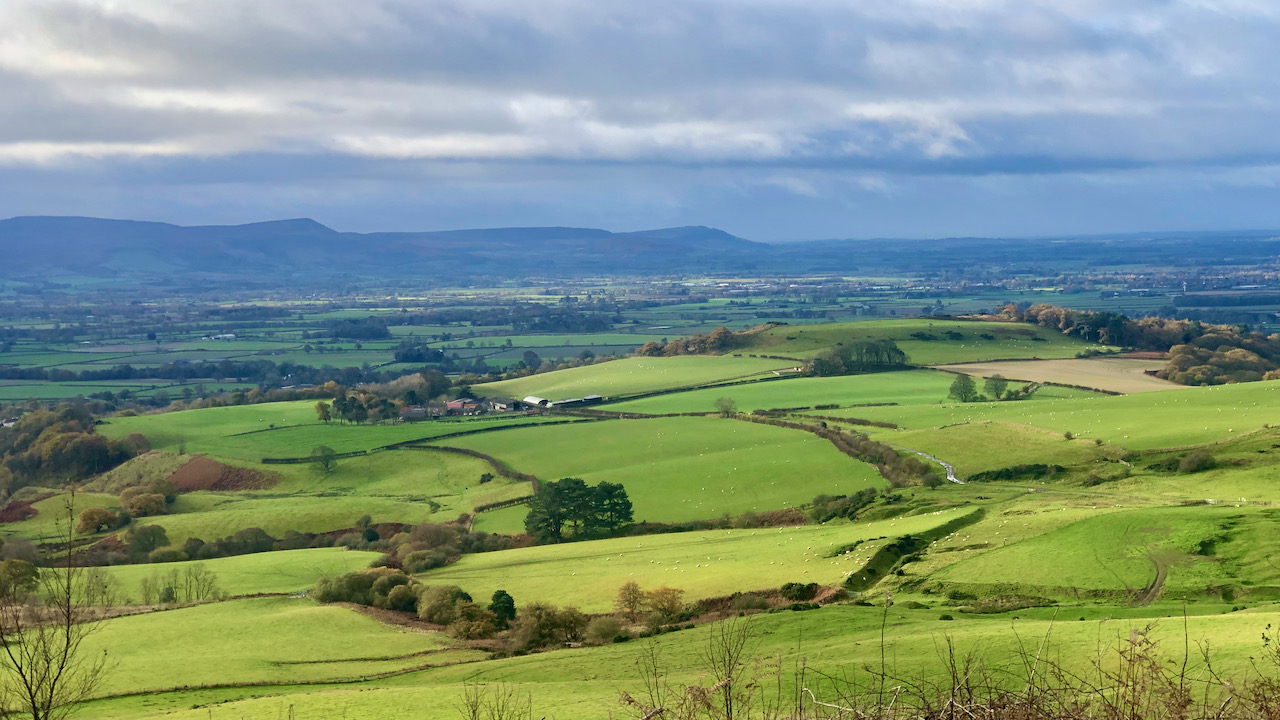
The Ghost of Stokesley Town End
Yet another tale spun by the industrious quill of Cleveland’s venerable chronicler, Richard Blakeborough. This piece has lingered on my to-do list, biding its time for a fitting photograph. Regrettably, my patience has waned. Let this image of Aireyholme and Cliff Rigg suffice. Look closely, and the roof tops of Stokesley reveal themselves in the…
-
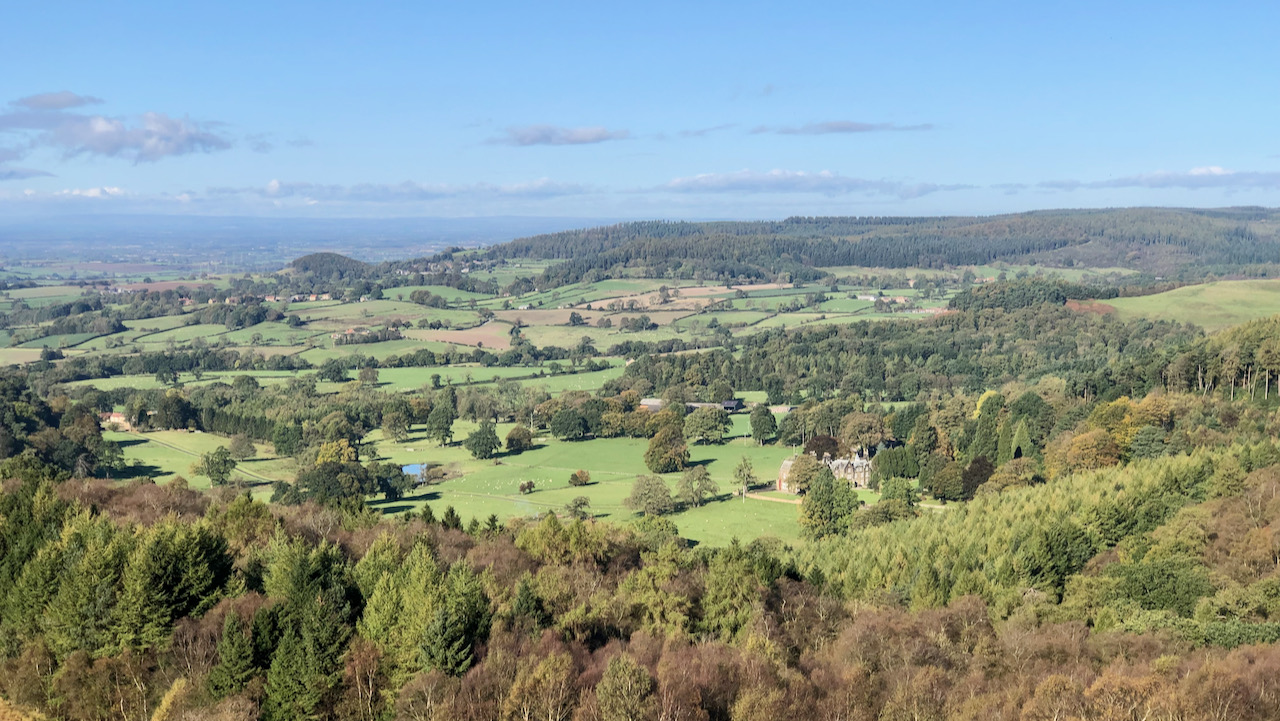
A Kepwick Mystery
For your delectation, another folk tale of the North Riding of Yorkshire from the pen of Richard Blakeborough. This story appeared in an article in the Northern Weekly Gazette on the 15 November 1902. I was reminded of the tale as I descended Gallow Hill toward Kepwick village, a tale fitting for the approaching Halloween…
-
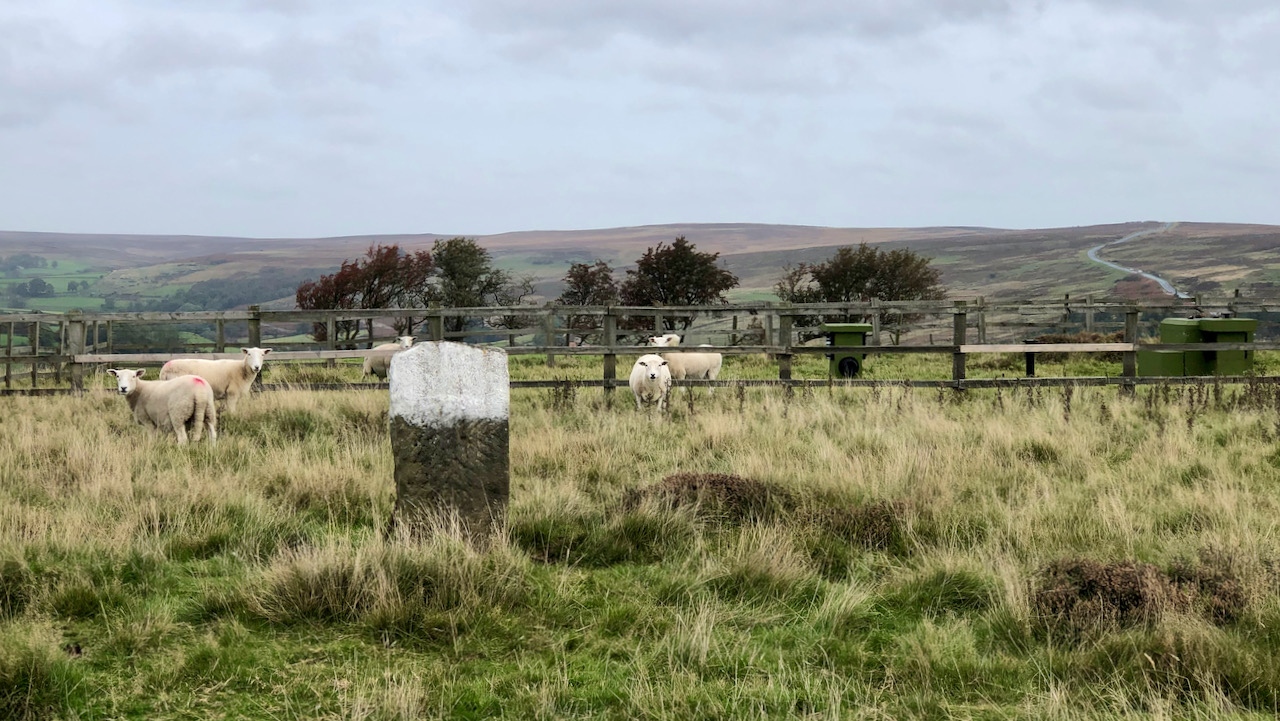
Gallow Howe
In the hallowed depths of Whitby Museum there is a grisly relic — the ‘Hand of Glory,‘ a mummified hand with a sinister past. Unearthed in the early 20th century by local historian Joseph Ford, this macabre exhibit is allegedly the preserved right hand of a criminal, amputated while still hanging from the gallows. It…
-
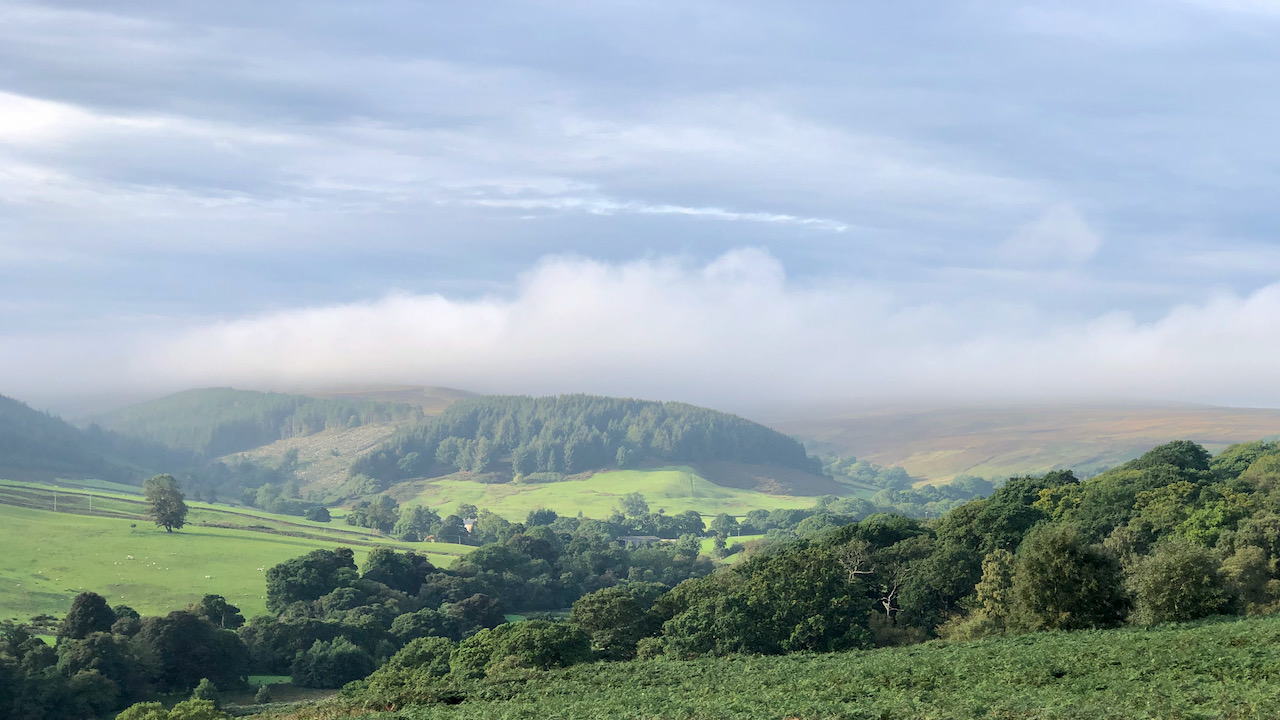
On the lookout for fairies in Baysdale
An early morning saunter around Baysdale, that remote dale in an expanse of moorland, its lush fields gleaming in the sunlight. In the distance, Ingleby Moor draped in a shroud of clouds, though it would disperse within the hour, leaving with a bright and dry morning. But this tranquil scene is soon to be disrupted,…
-
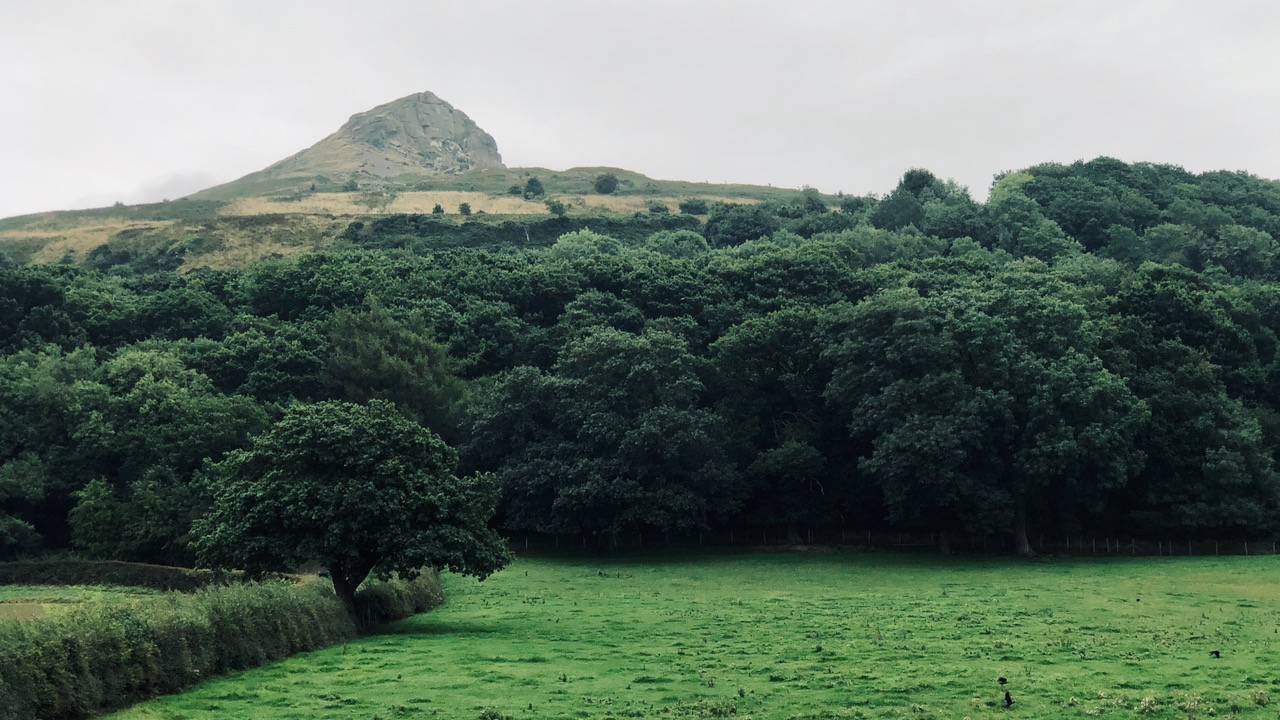
St. Bartholomew’s Day
A rather dull start to St. Bartholomew’s Day, a day which has some weather lore associated with it: If the twenty-fourth of August be fair and clear, Then hope for a prosperous autumn that year. At St. Bartholomew, There comes cold dew. All the tears that St. Swithin can cry, St. Bartlemy’s mantle wipes them…
-
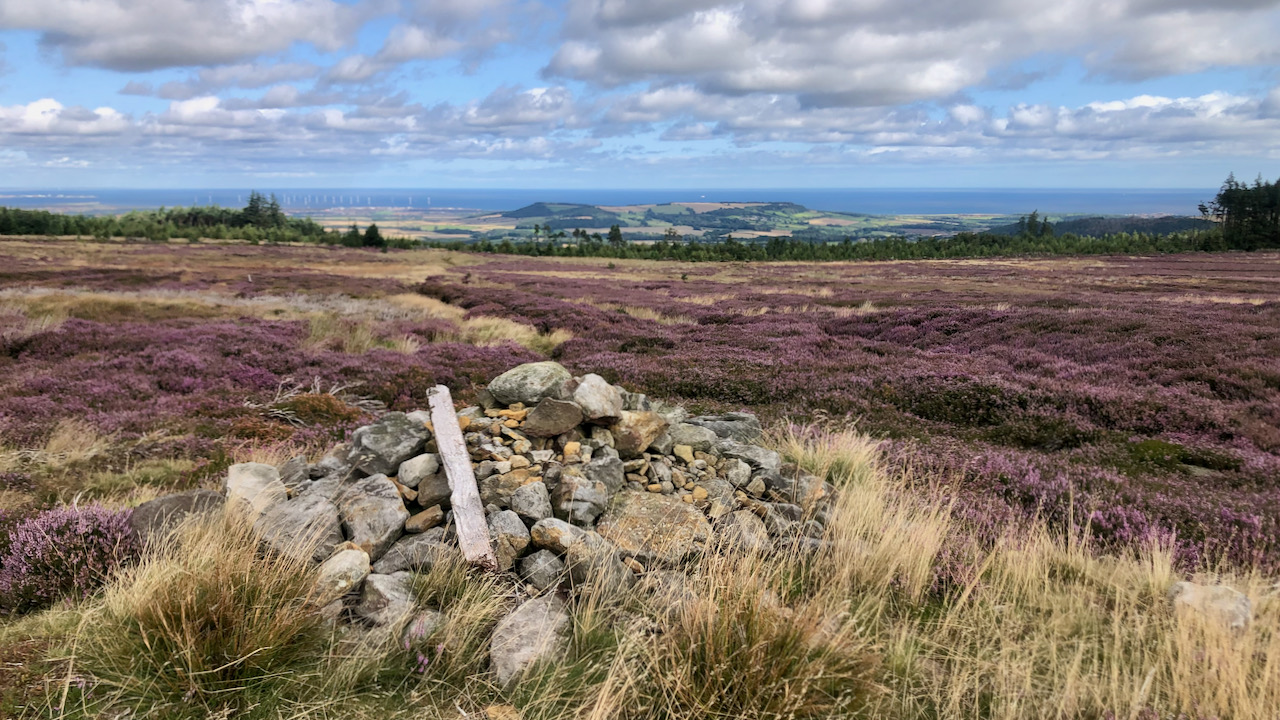
The Weird Mystery of the Moor — A Guisborough Legend
Here’s another story by Richard Blakeborough, published in the Whitby Gazette on May 5th, 1905. I’m not sure if they’re too long to share on this blog, but I’m really interested in them, especially the ones about places I know such as this one about Guisborough Moor where I can picture the landscapes. Some of…